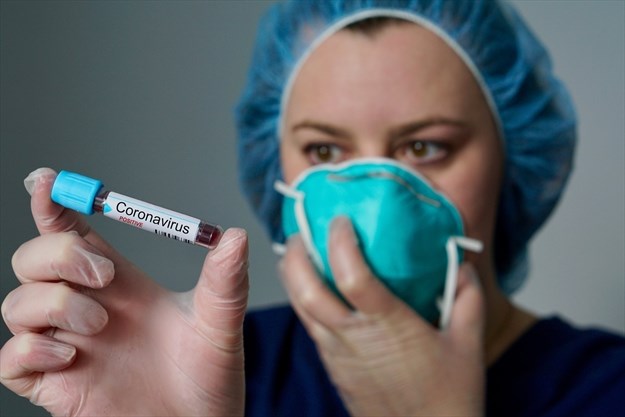Nunavut went from having zero confirmed cases of COVID-19 to 84 in the course of two weeks. But, as of Friday, nobody has required hospitalization because of the disease.
Infected individuals have been described in the Government of Nunavut news releases as “isolating and doing well.”
Dr. Michael Patterson, Nunavut’s chief public health officer, said during a Nov. 18 news conference that their symptoms range from none to fever, cough, shortness of breath, muscle aches and loss of taste.
“It can feel like a bad flu or a mild cold,” he said.
The decision to hospitalize a COVID-19 patient will depend on their need for medical support, Patterson said.
Most commonly, it would be because someone needs supplemental oxygen for breathing support or intravenous fluids because they are dehydrated. If people are very ill, they may need intravenous medication to maintain their blood pressure, Patterson said, or if someone is having a very hard time breathing, they would be put on a ventilator.
Patterson recently spoke to residents of Arviat and answered questions on a local radio program, because the community has been hit hardest by COVID-19, with 58 cases, as of Friday.
During the program, Patterson said Nunavut currently has 12 ventilators, but a patient sick enough to require one would be transported south for care.
As cases are rising in the south and hospitals are becoming overwhelmed in other parts of the country, Patterson said that Nunavut’s medical chief of staff, Dr. Francois de Wet, is in communication with his regular health-care partners in Alberta, Manitoba and Ontario.
“If we need to send Nunavummiut south for medical needs and the hospitals that they typically go to are full … we will look to sites that we only send people to on occasion,” he said.
There are six beds at the Kivalliq Health Centre in Rankin Inlet and “20-some” beds at the Qikiqtani General Hospital in Iqaluit, Patterson said.
With no COVID-19 cases diagnosed in the Baffin region, and cases reported only in Kivalliq communities and Sanikiluaq, Patterson said if someone needed hospitalization, they would either be treated in Rankin Inlet or transferred south.
































